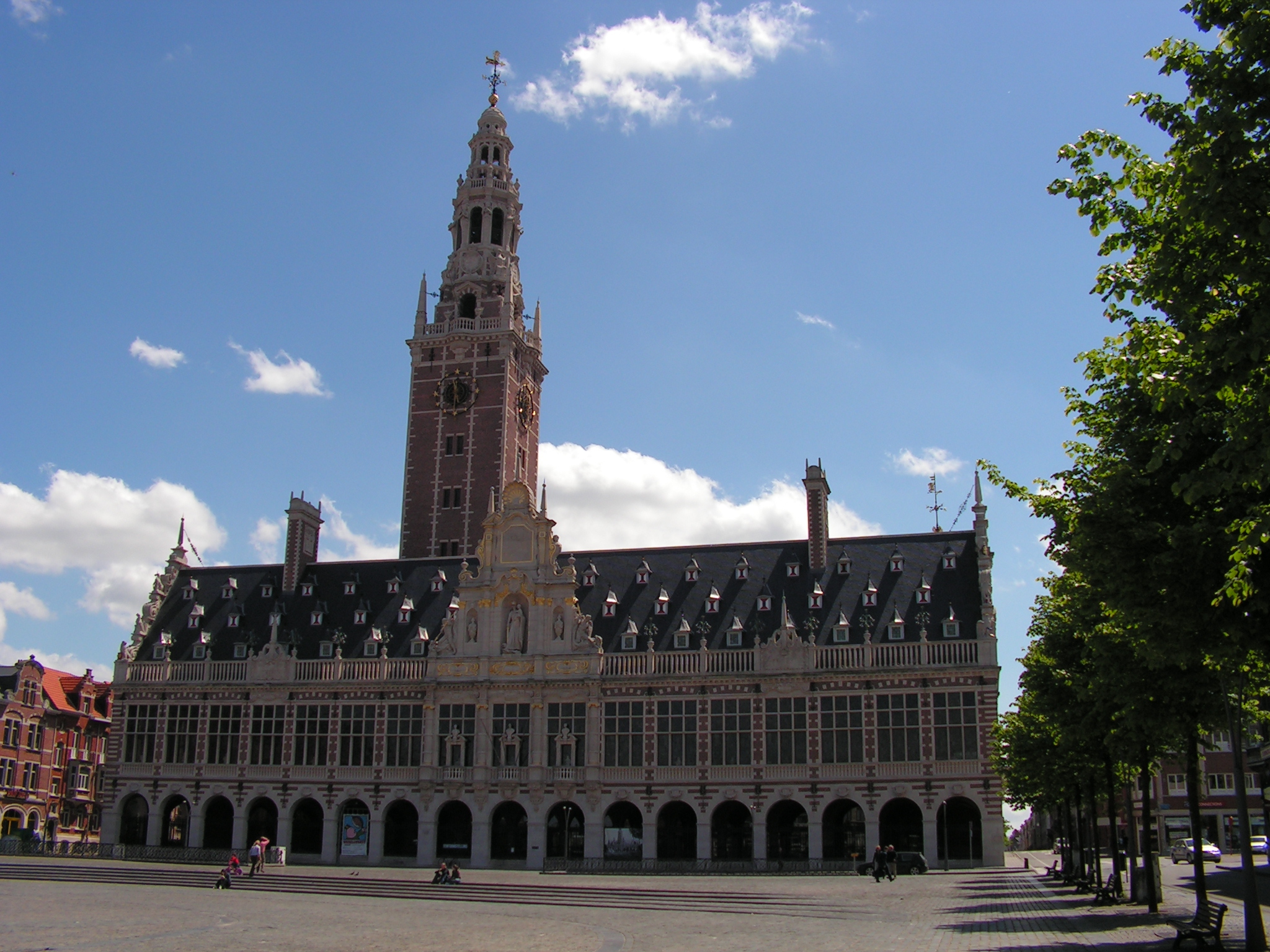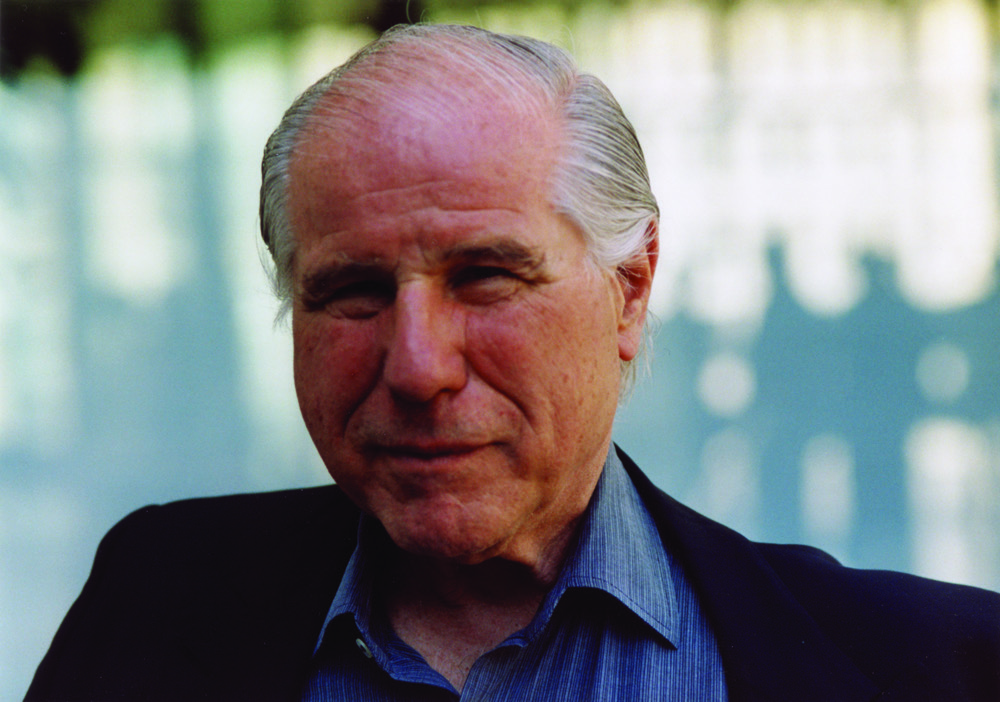|
Louvain-la-Neuve
Louvain-la-Neuve (; French for "New Leuven"; ) is a planned town in the municipality of Ottignies-Louvain-la-Neuve, Wallonia, Belgium, situated 30 km southeast of Brussels, in the province of Walloon Brabant. The town was built to house the Université catholique de Louvain (UCLouvain) which owns the entire territory of the town; following the linguistic quarrels that took place in Belgium during the 1960s, and Flemish claims of discrimination at the Catholic University of Leuven, the institution was split into the Dutch language Katholieke Universiteit Leuven (KU Leuven), which remained in Leuven, and the Université catholique de Louvain. To a great extent, it still lives following the rhythms of the university that is its raison d'être. However, with the construction of ''L'Esplanade'' shopping complex, the '' Aula Magna'' exhibition centre and auditorium, a large cinema complex, and five museums, it is beginning to grow beyond its academic roots. History Language ... [...More Info...] [...Related Items...] OR: [Wikipedia] [Google] [Baidu] |
Aula Magna (UCLouvain)
The Aula Magna is a postmodern building of the Université catholique de Louvain, University of Louvain located in Louvain-la-Neuve, a section of the Belgium, Belgian city of Ottignies-Louvain-la-Neuve, in Walloon Brabant. It holds one of the country's largest Auditorium, auditoria, with a maximum capacity of 1050 seats, and Wallonia's largest stage. Inaugurated in 2001, the complex was designed by Philippe Samyn. Location The Aula Magna is located southwest of the Louvain-la-Neuve Grand-Place, between that and the Louvain-la-Neuve lake, of which it constitutes the northern point. On the upper-level, open air Pedestrian zone, pedestrian level of Louvain-la-Neuve, the Aula Magna complex is located between the Place Raymond Lemaire (with a main entrance on n°1), the Rue des Frères Lumière, the Traverse Comte Yves du Monceau and Cours Michel Woitrin. On the city's underground, car-based level, the Aula Magna is enclosed within the Boulevard André Oleffe, the Aula Magna exit strip ... [...More Info...] [...Related Items...] OR: [Wikipedia] [Google] [Baidu] |
Université Catholique De Louvain
UCLouvain (or Université catholique de Louvain , French for Catholic University of Louvain, officially in English the University of Louvain) is Belgium's largest French-speaking university and one of the oldest in Europe (originally established in 1425). It is located in Louvain-la-Neuve, which was expressly built to house the university, and has smaller campuses in Brussels, Charleroi, Mons, Belgium, Mons, Tournai and Namur. Since September 2018, the university uses the branding UCLouvain, replacing the acronym UCL, following a merger with Saint-Louis University, Brussels. The original Old University of Louvain, University of Louvain (''Universitas Lovaniensis'') was founded at the centre of the historic town of Leuven (or ''Louvain'') in 1425, making it the List of universities in Belgium, first university in Belgium and the Low Countries, and abolished by law in 1797. This university was the centre of Baianism, Jansenism and Febronianism in Europe. A new university, the Stat ... [...More Info...] [...Related Items...] OR: [Wikipedia] [Google] [Baidu] |
Ottignies
Ottignies-Louvain-la-Neuve (; ) is a city and municipality of Wallonia located in the Belgian province of Walloon Brabant. On January 1, 2006, Ottignies-Louvain-la-Neuve had a total population of 29,521. The total area is 32.96 km2 which gives a population density of 896 inhabitants per km2. The municipality consists of the following sub-municipalities: Ottignies, Louvain-la-Neuve, Céroux-Mousty, and Limelette. Louvain-la-Neuve (sometimes abbreviated as "LLN") is a new town developed from 1968 in order to provide a home for the University of Louvain (UCLouvain), the French-speaking part of the former Catholic University of Louvain on its separation from the Dutch-speaking part, which remained in the ancient city of Louvain (''Leuven''). Louvain-la-Neuve Science Park Created in 1971, Louvain-la-Neuve Science Park is the first of its kind in Belgium and is the biggest one in Wallonia (the French-speaking part of Belgium). It covers spread over the area of the town of ... [...More Info...] [...Related Items...] OR: [Wikipedia] [Google] [Baidu] |
24h Velo (LLN)
''Les 24 heures vélo de Louvain-la-Neuve'' (English: the ''24-hour bike ride of Louvain-la-Neuve'') is a Belgian festival organized by students from the University of Louvain (UCLouvain) held every year during October in Louvain-la-Neuve. The main event is a 24-hour bicycle relay race spanning the whole city, surrounded by the crowd during various music concerts and parties. It is said that the event gathers more than fifty thousand people and that it is the second largest "beer event" in Europe after the Oktoberfest. Approximately, 2000 students are involved in the organisation of ''Les 24 heures vélo de Louvain-la-Neuve''. In 2006, the 30th edition of the event took place from 25 to 26 October. The 2008 event passed without major incident, with between 45,000 and 50,000 people attending. The 2009 edition, taking place from 21 to 22 October, was attended by more than 40,000 people. One particularly serious accident left a young man at risk of paralysis after a fall. In 20 ... [...More Info...] [...Related Items...] OR: [Wikipedia] [Google] [Baidu] |
Walloon Brabant
Walloon Brabant ( ; ; ) is a province located in Belgium's French-speaking region of Wallonia. It borders on (clockwise from the North) the province of Flemish Brabant (Flemish Region) and the provinces of Liège, Namur and Hainaut. Walloon Brabant's capital is Wavre; however, the municipality of Braine-l'Alleud is slightly more populous. The provincial population was recorded at about 414,000 as of January 2024, and an area of 1,097 square kilometres (424 sq mi). Etymology Walloon is a Belgian version of an old West Germanic word reconstructed as *walh (“foreigner, stranger, speaker of Celtic or Latin”). Brabant is from Old Dutch *brākbant (attested in Medieval Latin as pāgus brācbatensis, Bracbantum, Bracbantia), from Frankish, a compound of Proto-Germanic *brēk-, *brekaną (“fallow, originally 'to break'”) + *bant-, *bantō, *banti (“district, region”) Like the terms "Belgium" and "Flanders", the terms "Walloon" and "Brabant" are much older than the mode ... [...More Info...] [...Related Items...] OR: [Wikipedia] [Google] [Baidu] |
Hergé Museum
Georges Prosper Remi (; 22 May 1907 – 3 March 1983), known by the pen name Hergé ( ; ), from the French pronunciation of his reversed initials ''RG'', was a Belgian comic strip artist. He is best known for creating ''The Adventures of Tintin'', the series of Franco-Belgian comics#Formats, comic albums that are considered one of the most popular European comics of the 20th century. He was also responsible for two other well-known series, ''Quick & Flupke'' (1930–1940) and ''The Adventures of Jo, Zette and Jocko'' (1936–1957). His works were executed in his distinctive ''ligne claire'' drawing style. Born to a lower-middle-class family in Etterbeek, Brussels, Hergé began his career by contributing illustrations to Scouting magazines, developing his first comic series, ''The Adventures of Totor'', for ''Le Boy-Scout Belge'' in 1926. Working for the conservative Catholic newspaper ''Le Vingtième Siècle'', he created ''The Adventures of Tintin'' in 1929 on the advice o ... [...More Info...] [...Related Items...] OR: [Wikipedia] [Google] [Baidu] |
Split Of The Catholic University Of Leuven
The Catholic University of Leuven (1835–1968), Catholic University of Leuven was one of Belgium's major universities. It split along linguistic lines after a period of civil unrest in 1967–68 commonly known as the Leuven Affair (''Affaire de Louvain'') in French language, French and Flemish Leuven (''Leuven Vlaams''), based on a contemporary slogan, in Dutch language, Dutch. The crisis shook Belgian politics and led to the fall of the government of Paul Vanden Boeynants. It marked an escalation of the linguistic tension in Belgium after World War II and had lasting consequences for other bilingual institutions in Belgium within higher education and politics alike. In 1970 the first of State reform in Belgium, several state reforms occurred, marking the start of Belgium's transition to a federalism, federal state. Background Belgium became independent in 1830 with Languages of Belgium, a population divided roughly between French language, French 40% and Dutch language, Dutch ... [...More Info...] [...Related Items...] OR: [Wikipedia] [Google] [Baidu] |
Hergé
Georges Prosper Remi (; 22 May 1907 – 3 March 1983), known by the pen name Hergé ( ; ), from the French pronunciation of his reversed initials ''RG'', was a Belgian comic strip artist. He is best known for creating ''The Adventures of Tintin'', the series of Franco-Belgian comics#Formats, comic albums that are considered one of the most popular European comics of the 20th century. He was also responsible for two other well-known series, ''Quick & Flupke'' (1930–1940) and ''The Adventures of Jo, Zette and Jocko'' (1936–1957). His works were executed in his distinctive ''ligne claire'' drawing style. Born to a lower-middle-class family in Etterbeek, Brussels, Hergé began his career by contributing illustrations to Scouting magazines, developing his first comic series, ''The Adventures of Totor'', for ''Le Boy-Scout Belge'' in 1926. Working for the conservative Catholic newspaper ''Le Vingtième Siècle'', he created ''The Adventures of Tintin'' in 1929 on the advice o ... [...More Info...] [...Related Items...] OR: [Wikipedia] [Google] [Baidu] |
Pierre Laconte
Pierre Laconte (born 17 May 1934, Brussels), is a Belgian urbanist. He specialises in urban transport and architectural planning and environmental issues. He has a Doctorate in Law and a Doctorate in Economics from the Catholic University of Louvain and is Dr. honoris causa of the Napier University, Edinburgh. Laconte is one of the three planners in charge of the ''Groupe Urbanisme & Architecture''. This Group was responsible for the master plan and the architectural co-ordination of Louvain-la-Neuve, a pedestrian new university town developed from 1968 on by the University on agricultural land, around a new railway station, 25 km South of Brussels. Louvain-la-Neuve has a day/night population of ca 40.000. It won the UIA Abercrombie Award. He received the UN Habitat Scroll of Honour Award in 1999, and was the Belgian Government Representative at UN Habitat I in 1976, at Habitat II in 1996, and at the UN Kyoto Conference of Parties on Climate (1997). Laconte was the p ... [...More Info...] [...Related Items...] OR: [Wikipedia] [Google] [Baidu] |
Wallonia
Wallonia ( ; ; or ), officially the Walloon Region ( ; ), is one of the three communities, regions and language areas of Belgium, regions of Belgium—along with Flemish Region, Flanders and Brussels. Covering the southern portion of the country, Wallonia is primarily Geographical distribution of French speakers, French-speaking. It accounts for 55% of Belgium's territory, but only a third of its population. The Walloon Region and the French Community of Belgium, which is the political entity responsible for matters related mainly to culture and education, are independent concepts, because the French Community of Belgium encompasses both Wallonia and the bilingual Brussels-Capital Region but not the German-speaking Community of Belgium, which administers nine municipalities in Eastern Wallonia. During the Industrial Revolution, Wallonia was second only to the United Kingdom in industrialization, capitalizing on its extensive deposits of coal and iron. This brought the regio ... [...More Info...] [...Related Items...] OR: [Wikipedia] [Google] [Baidu] |
Catholic University Of Leuven (1834–1968)
The Catholic University of Leuven or Louvain (, , later ''Katholieke Universiteit te Leuven'') was founded in 1834 in Mechelen as the Catholic University of Belgium, and moved its seat to the town of Leuven in 1835, changing its name to Catholic University of Leuven.''Encyclopédie théologique'', tome 54, ''Dictionnaire de l'histoire universelle de l'Église'', Paris : éd. J.P. Migne, 1863, ''sub verbo'' ''Grégoire XVI'', col. 1131 : "Après sa séparation de la Hollande en 1830, la Belgique libérale a vu son Église jouir d'une véritable indépendance. Les évêques s'assemblent en conciles, communiquent avec le Saint-Siège en toute liberté. Sur l'article fondamental des études, ils ont fondé l'université catholique de Louvain, où les jeunes Belges vont en foule puiser aux sources les plus pures toutes les richesses de la science". And : Edward van Even, ''Louvain dans le passé et dans le présent'', Louvain, 1895, p. 606 : "''Par lettre collective du 14 novembre 1833 ... [...More Info...] [...Related Items...] OR: [Wikipedia] [Google] [Baidu] |




